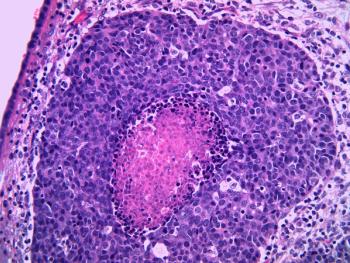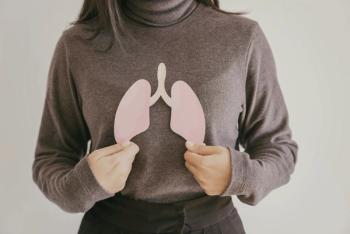
Medication Use Differs Between Young and Elderly Patients with IBD
Continued steroid use associated with worse anxiety, sleep, and fatigue.
Hospitalization and mortality is more likely in elderly patients with inflammatory bowel disease (IBD) when compared to their younger counterparts. With 5-aminosalicylates (5-ASA) and corticosteroids becoming more popular in this age group, it’s not clear how they affect patients in the long run.
A collaborative team explored medication use differences between older and younger patients with ulcerative colitis and Crohn’s disease. The results were detailed in a poster session at the 2015 Advances in Inflammatory Bowel Diseases conference (AIBD 2015) in Orlando, Florida.
The team evaluated 5,382 patients with IBD — 1,004 of which were ages 60 and older. Their medication usage was tracked for five to 12 months and evaluated based on age.
The elderly patients with ulcerative colitis, compared to the younger ones, had the following at baseline:
- Lower biologic anti-tumor necrosis factor alpha (anti-TNF): 29.1% vs.44.3%
- Similar steroid use: 16% vs. 15.5%
- Higher 5-ASA use: 40.3% vs. 33.9%
The elderly patients with Crohn’s disease, compared to the younger ones, had the following at baseline:
- Similar anti-TNF use: 16% vs. 19.2%
- Lower steroid use: 9.6% vs. 15.4%
- Higher 5-ASA use: 73.8% vs. 68.2%
The authors also found that elderly patients with Crohn’s disease had a higher continued steroid use (11.6% vs. 7.8%). This proposes an issue because this continued steroid use was associated with worse anxiety, sleep, and fatigue.
In addition, there was an increase in depression and anxiety in elderly patients with Crohn’s disease receiving steroid mono-therapy when compared to anti-TNF and/or immunomodulator.
While more information on this topic is needed, the findings can help treatment decisions for elderly patients with IBD.
Newsletter
Stay informed on drug updates, treatment guidelines, and pharmacy practice trends—subscribe to Pharmacy Times for weekly clinical insights.

















































































































































































































